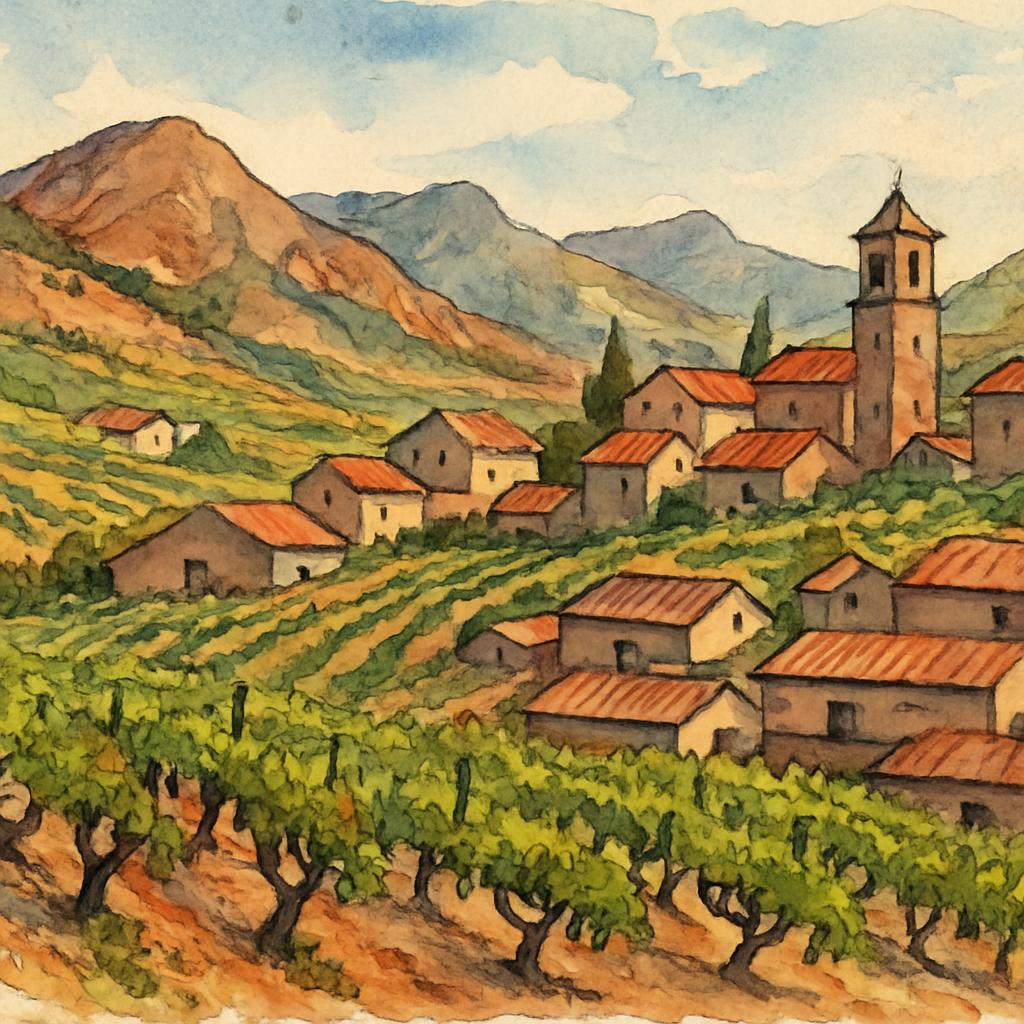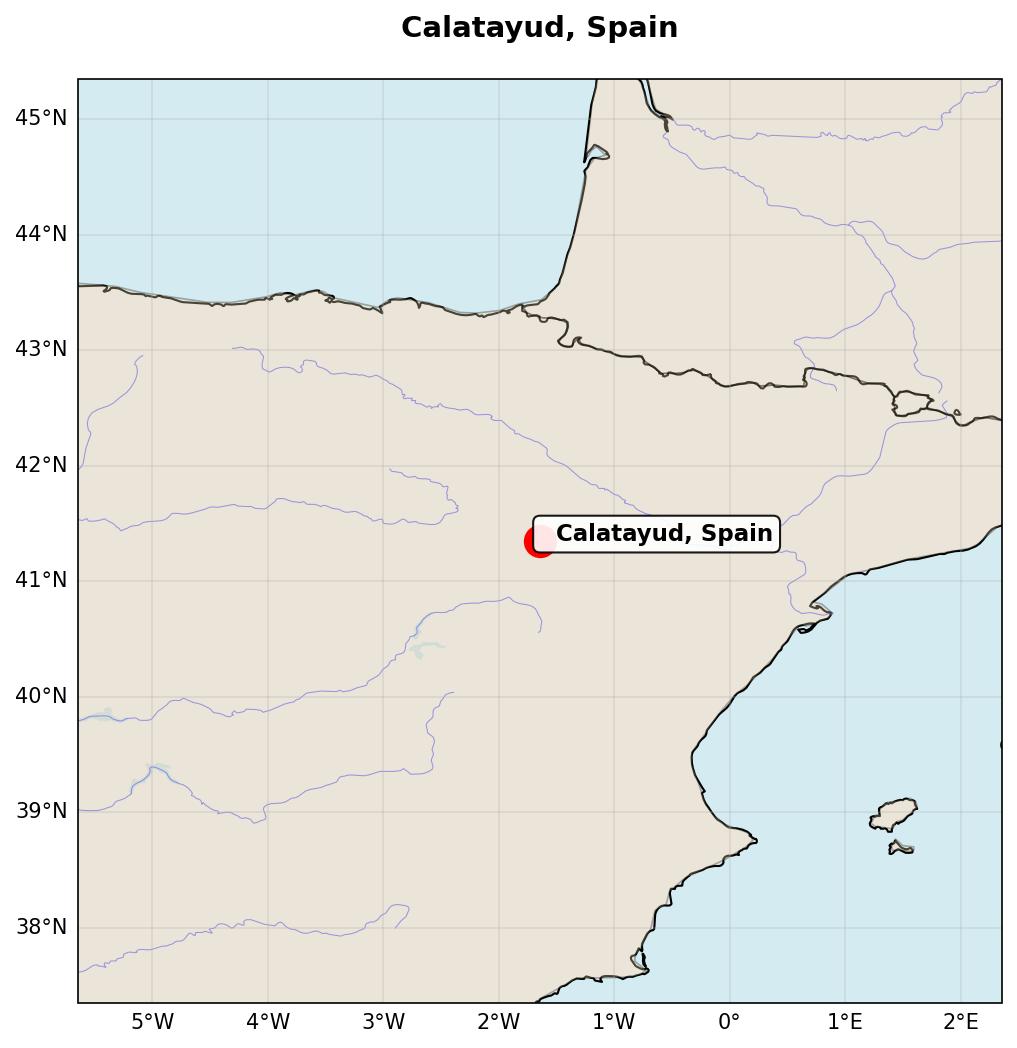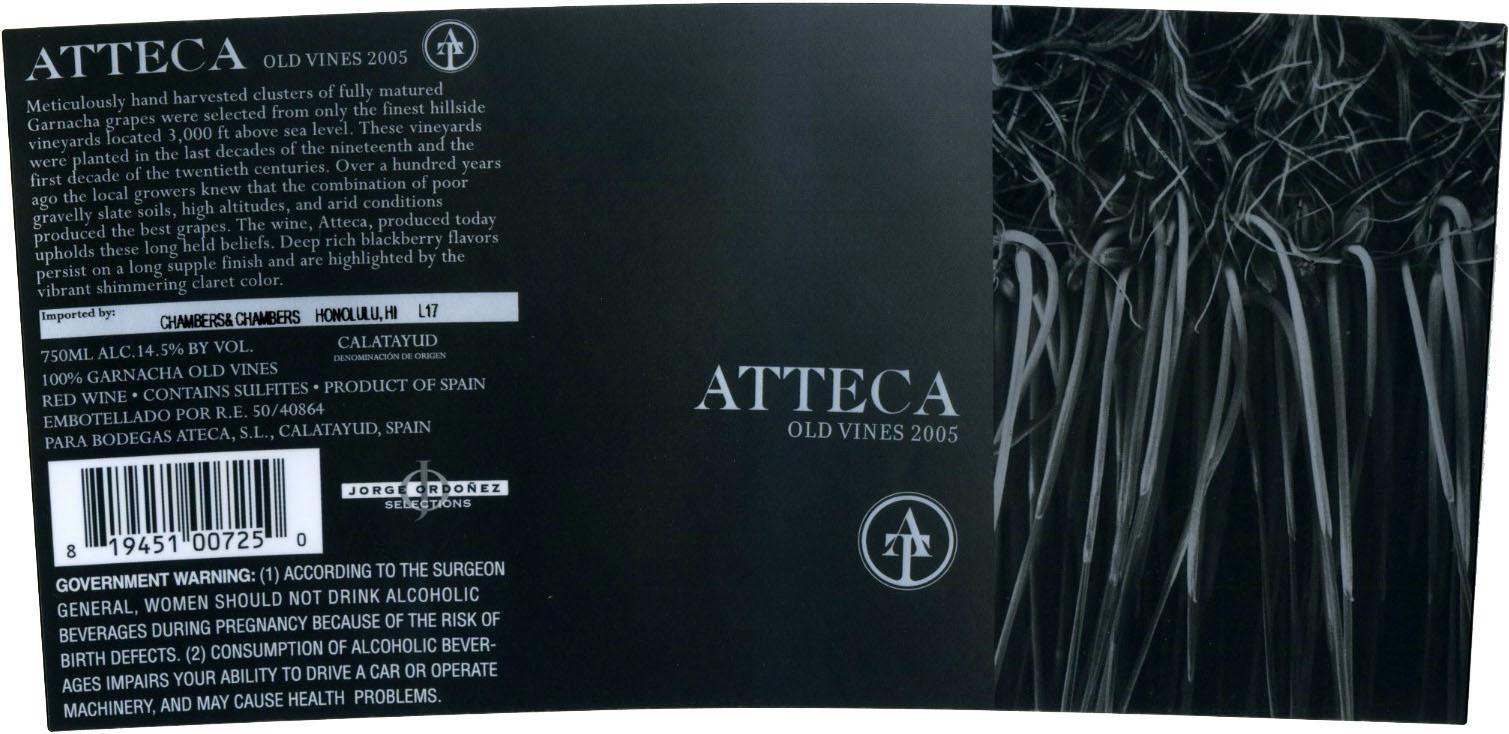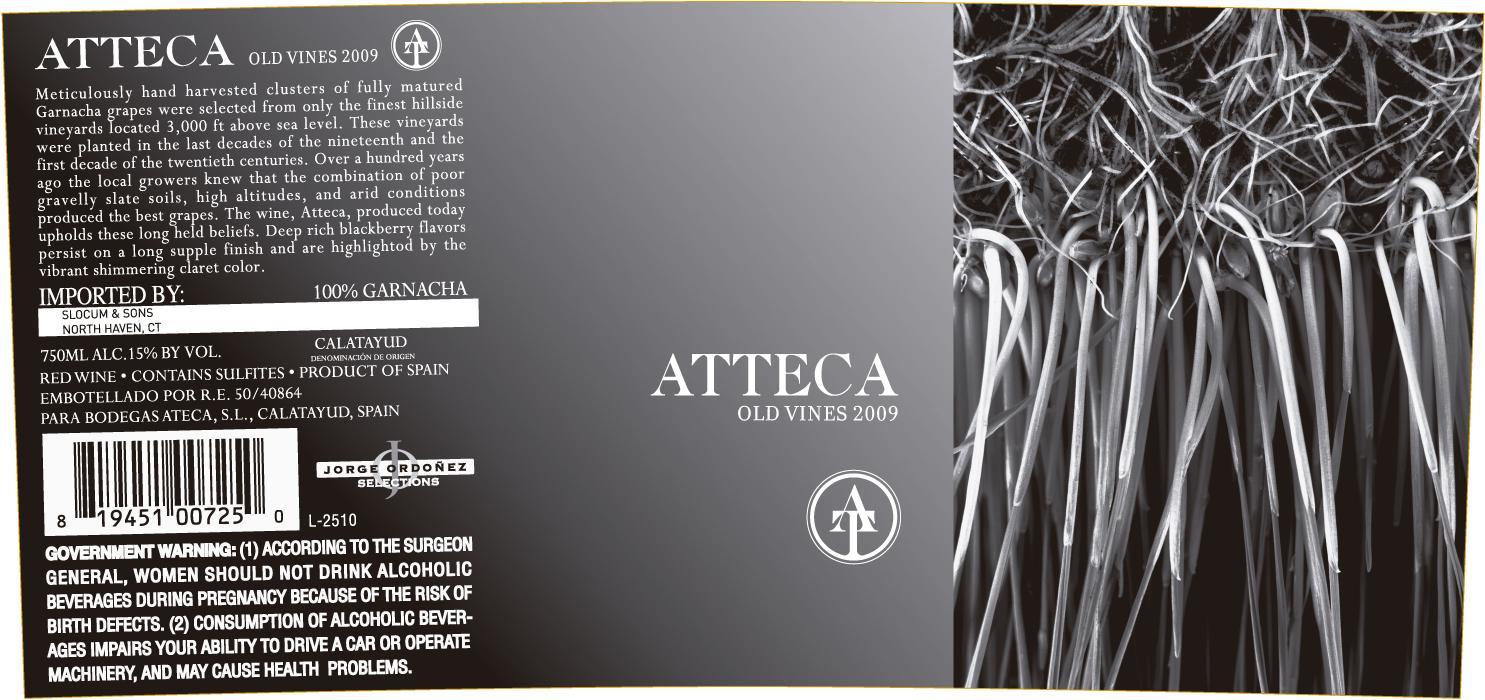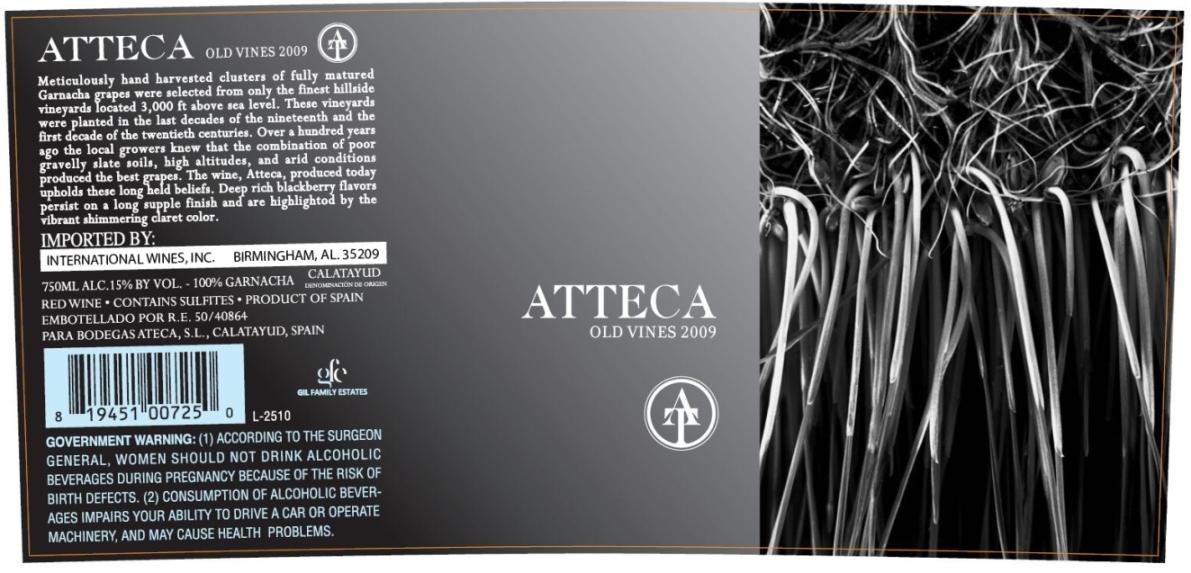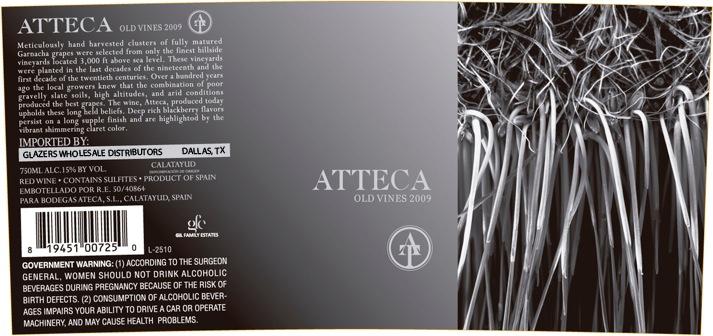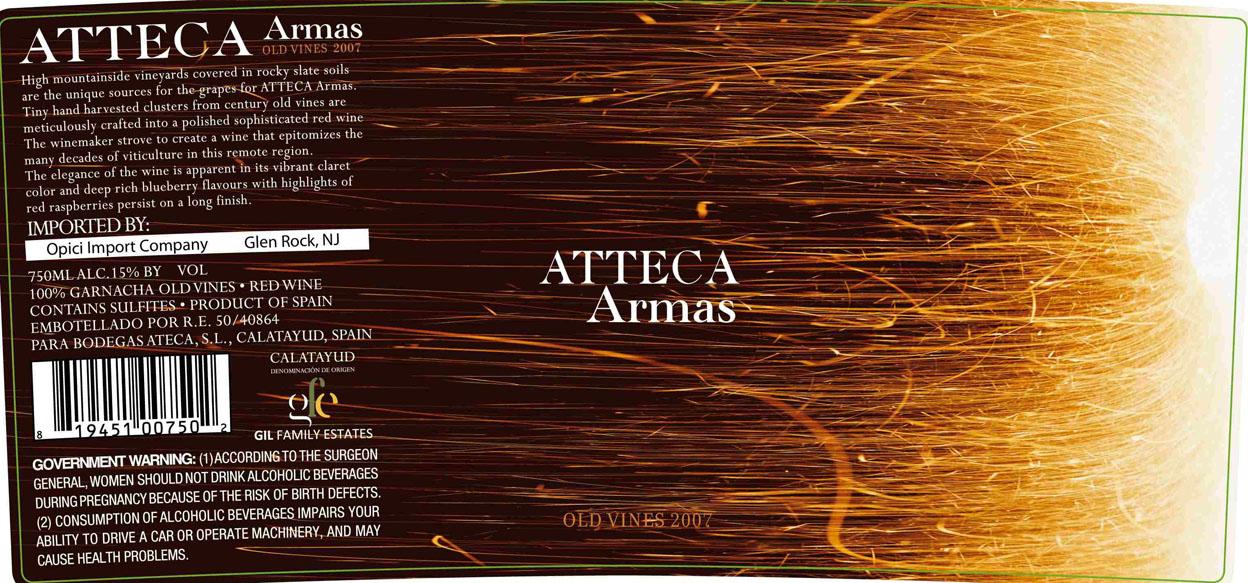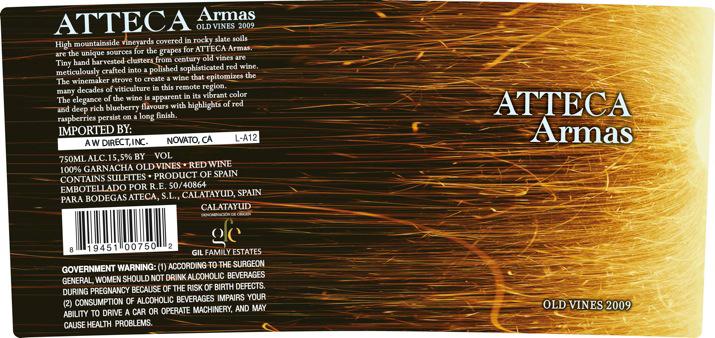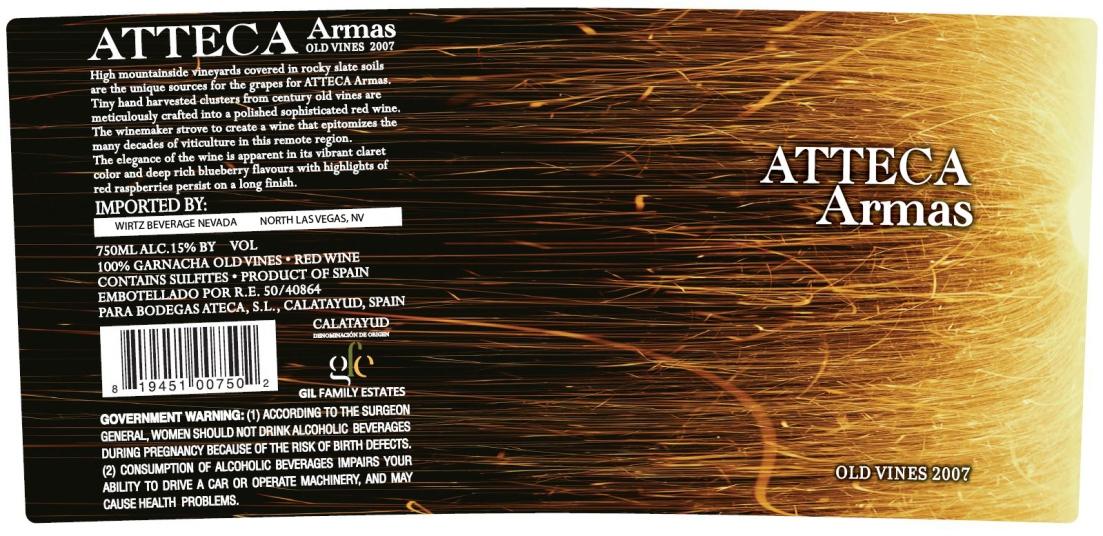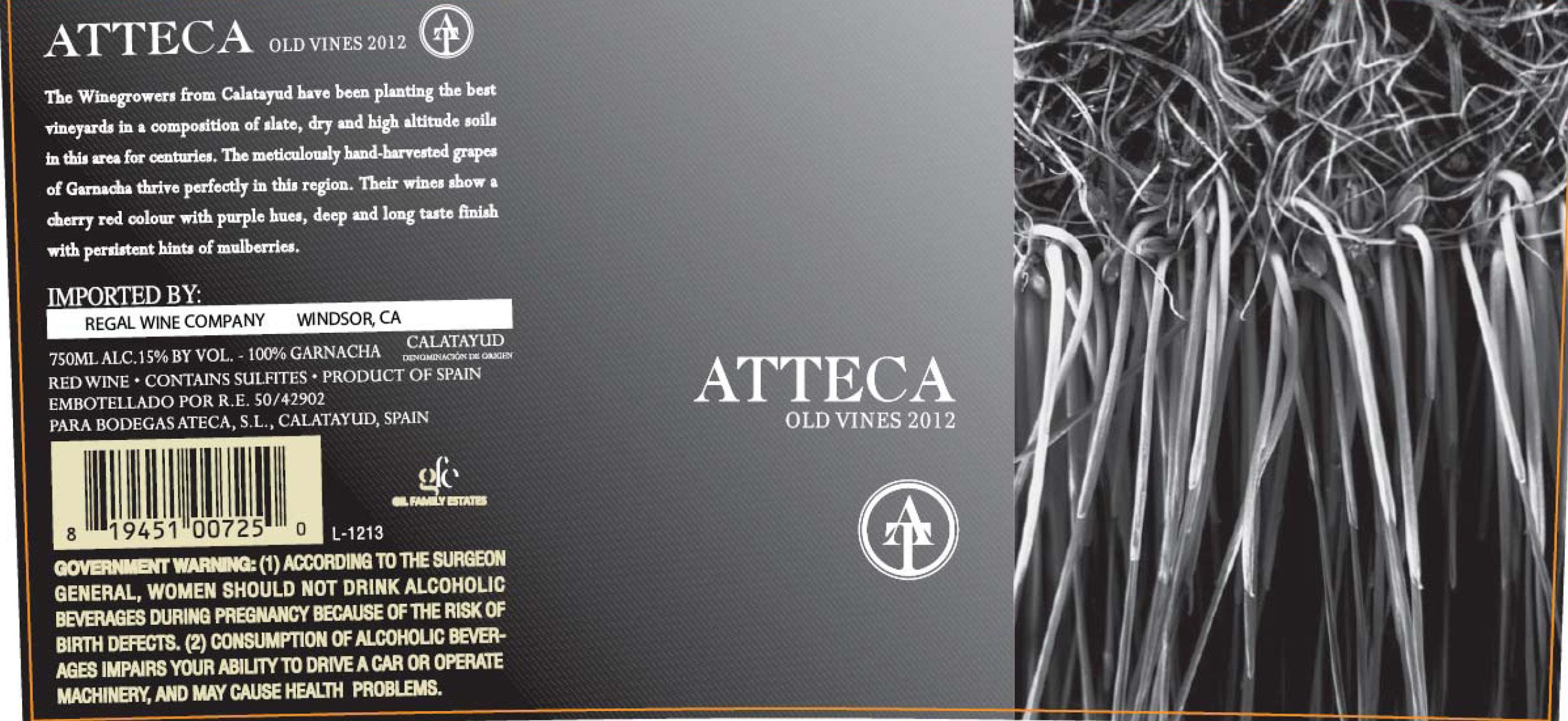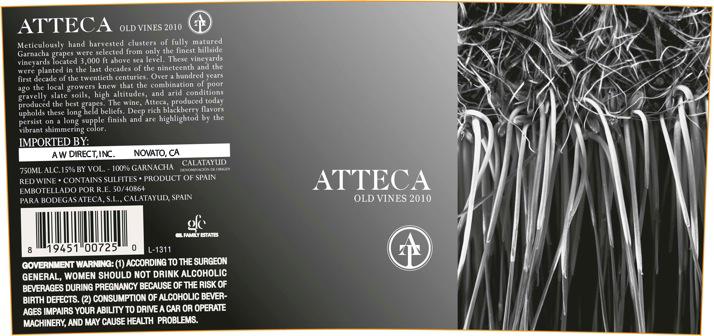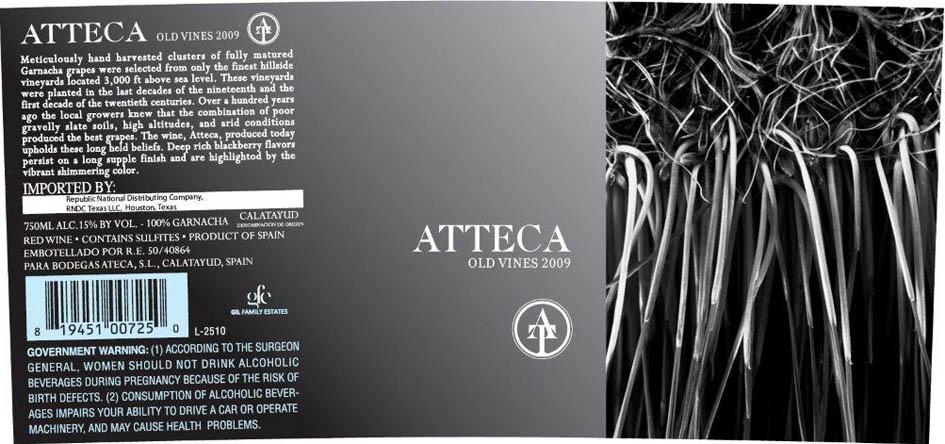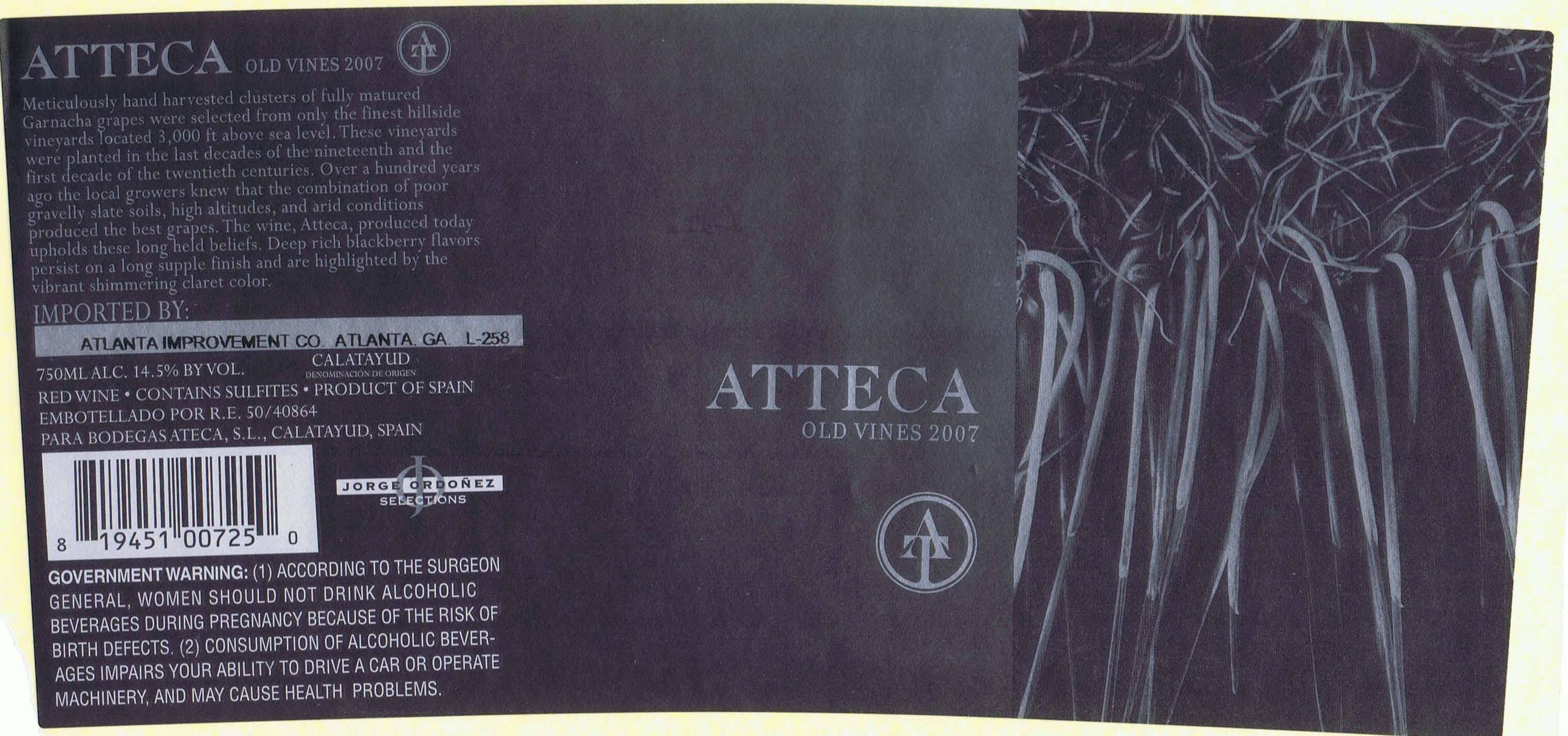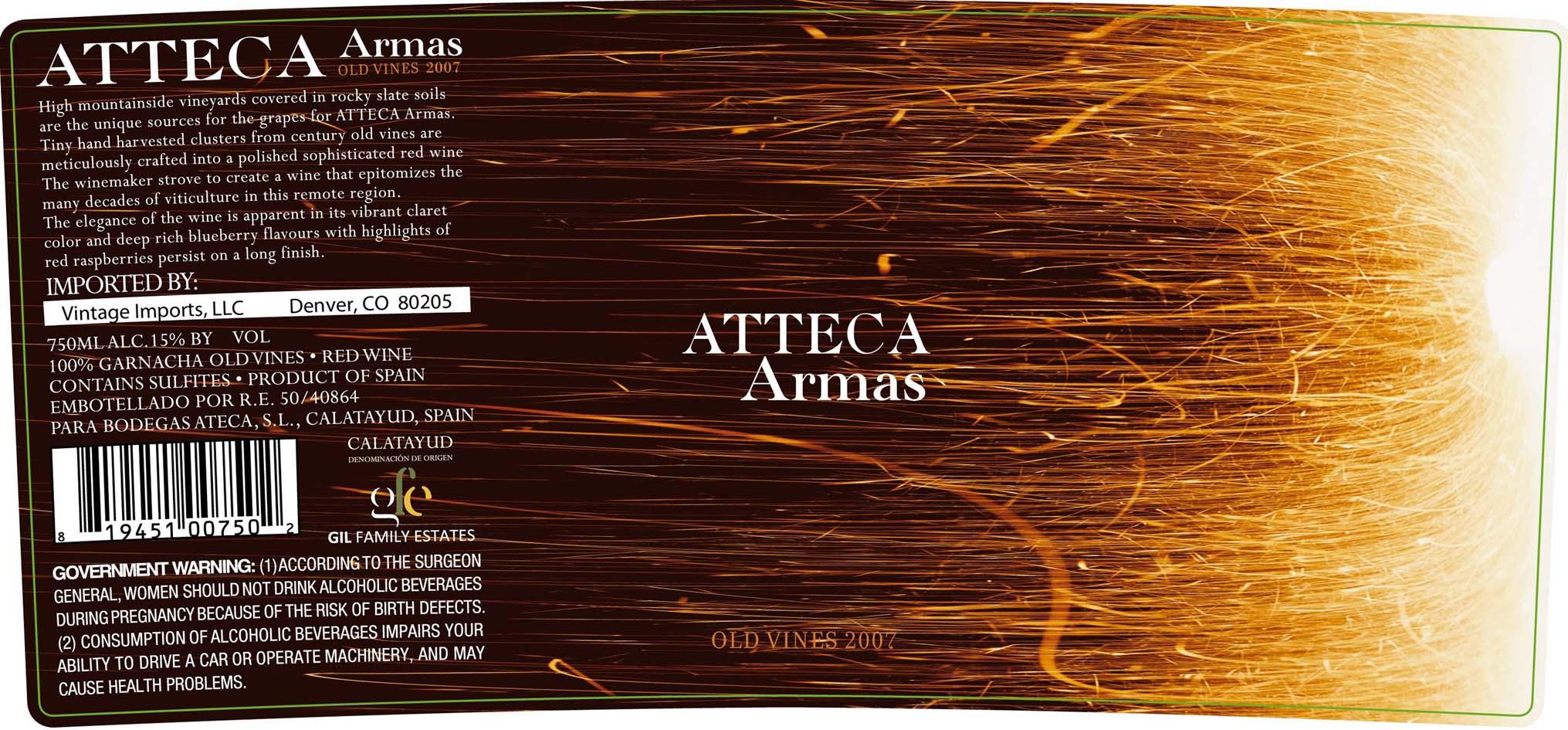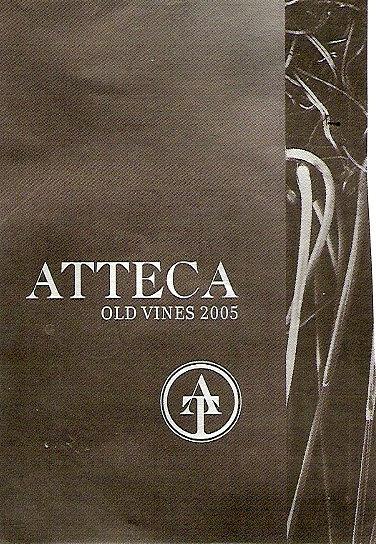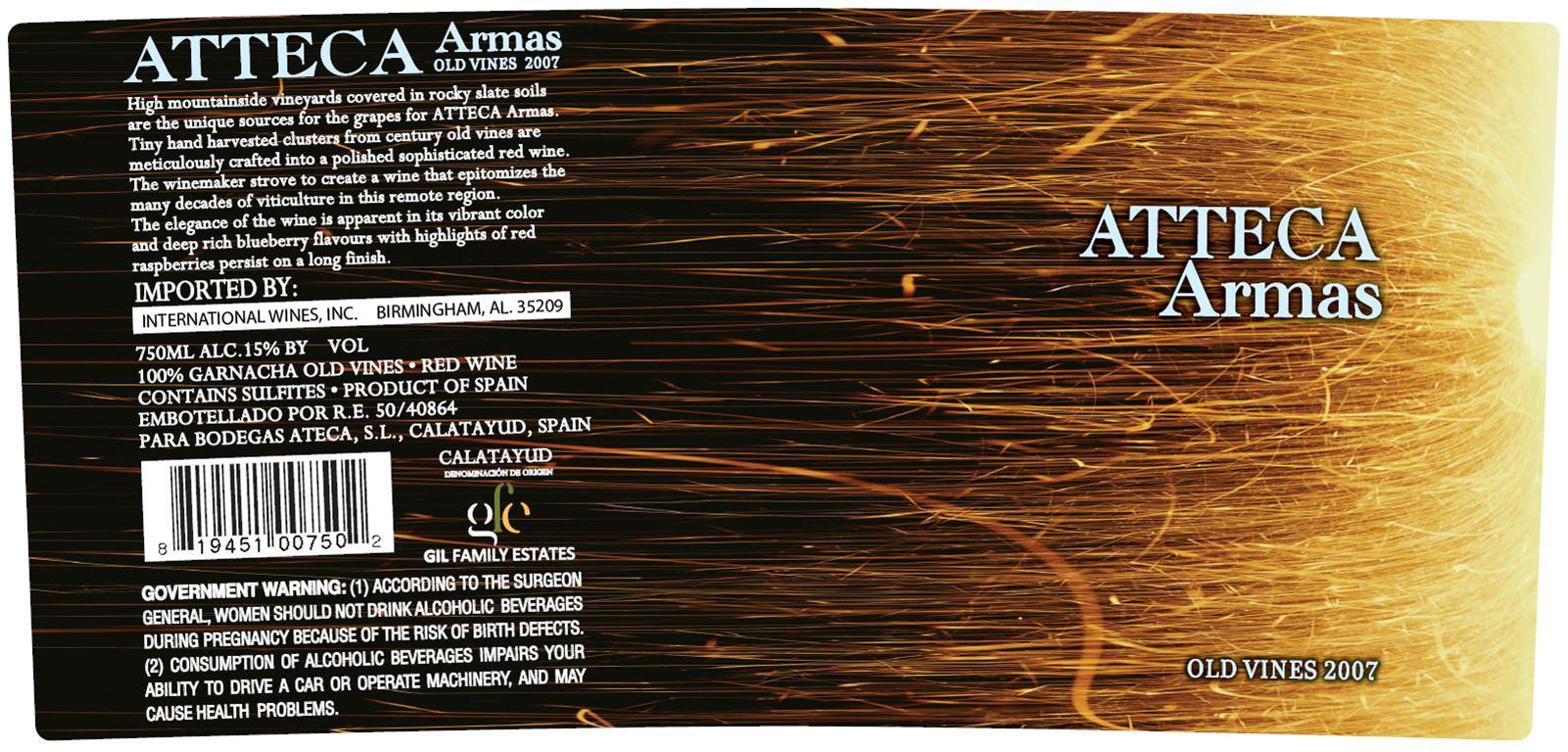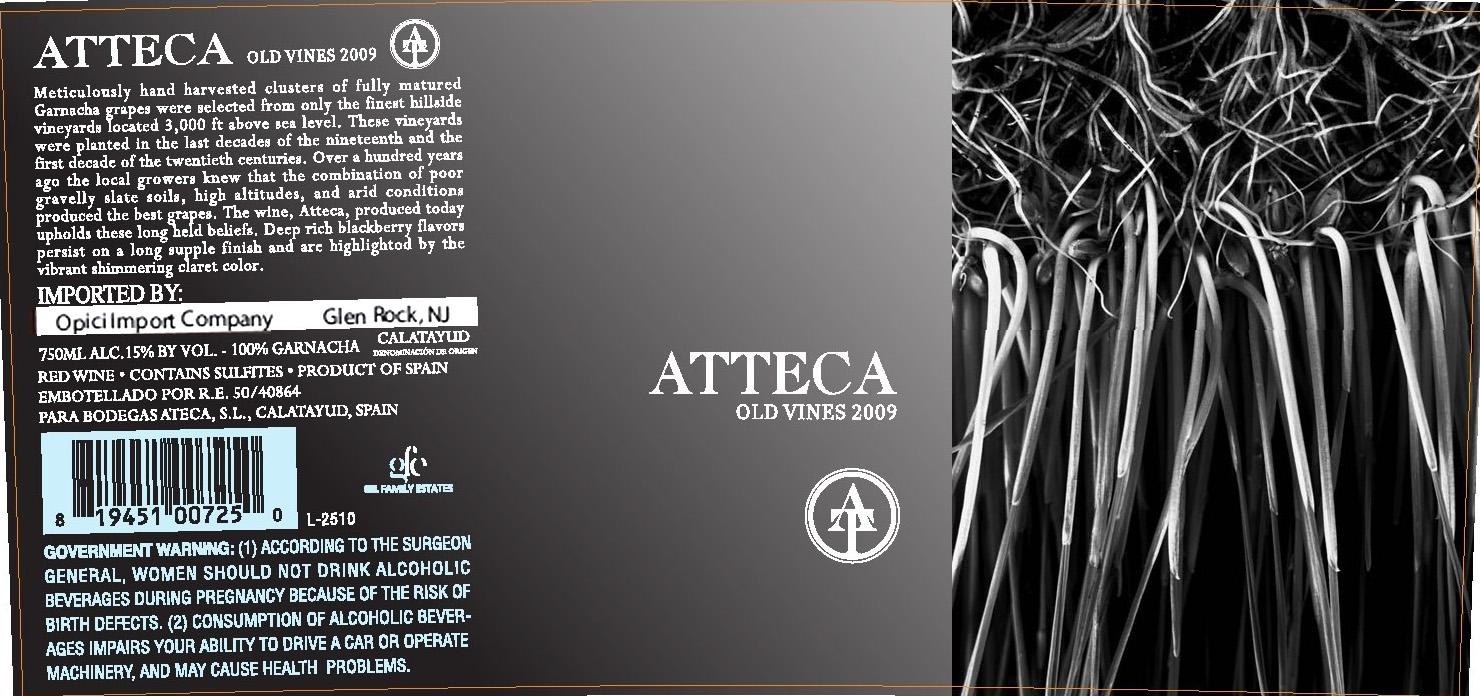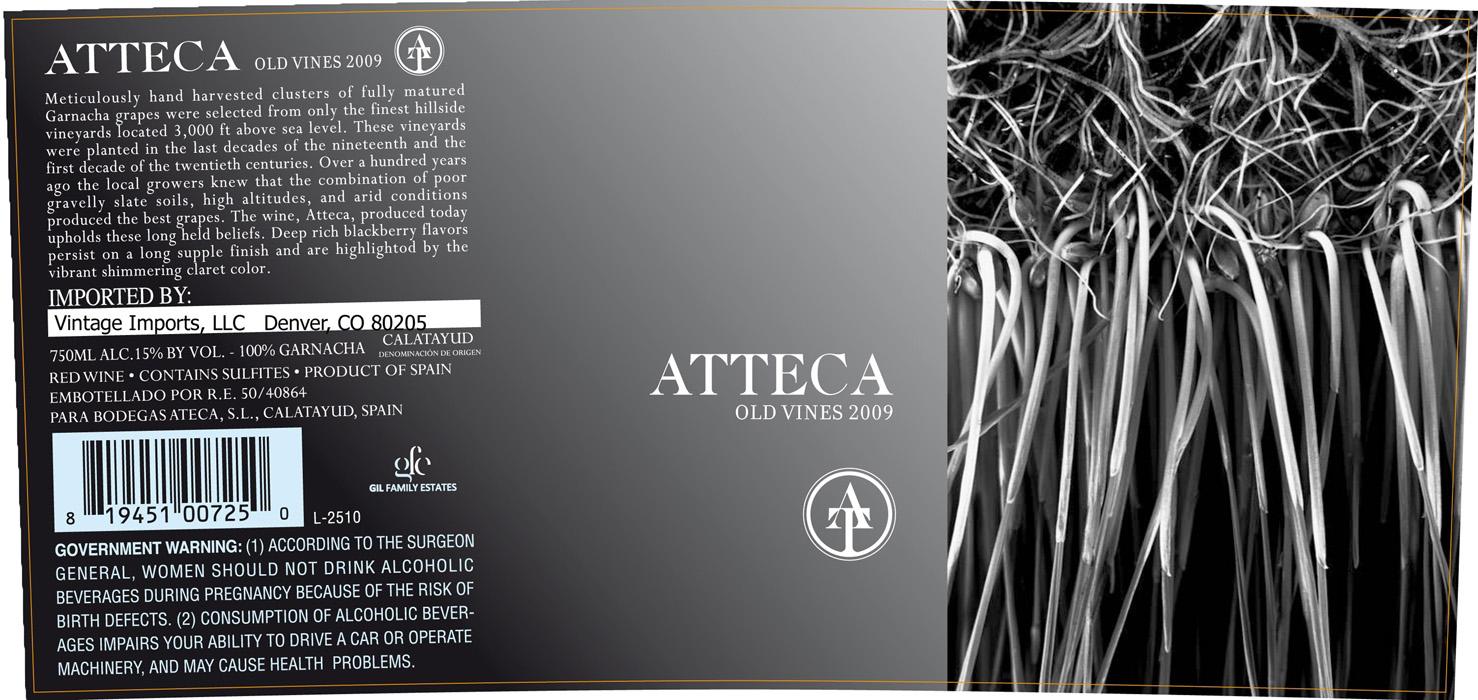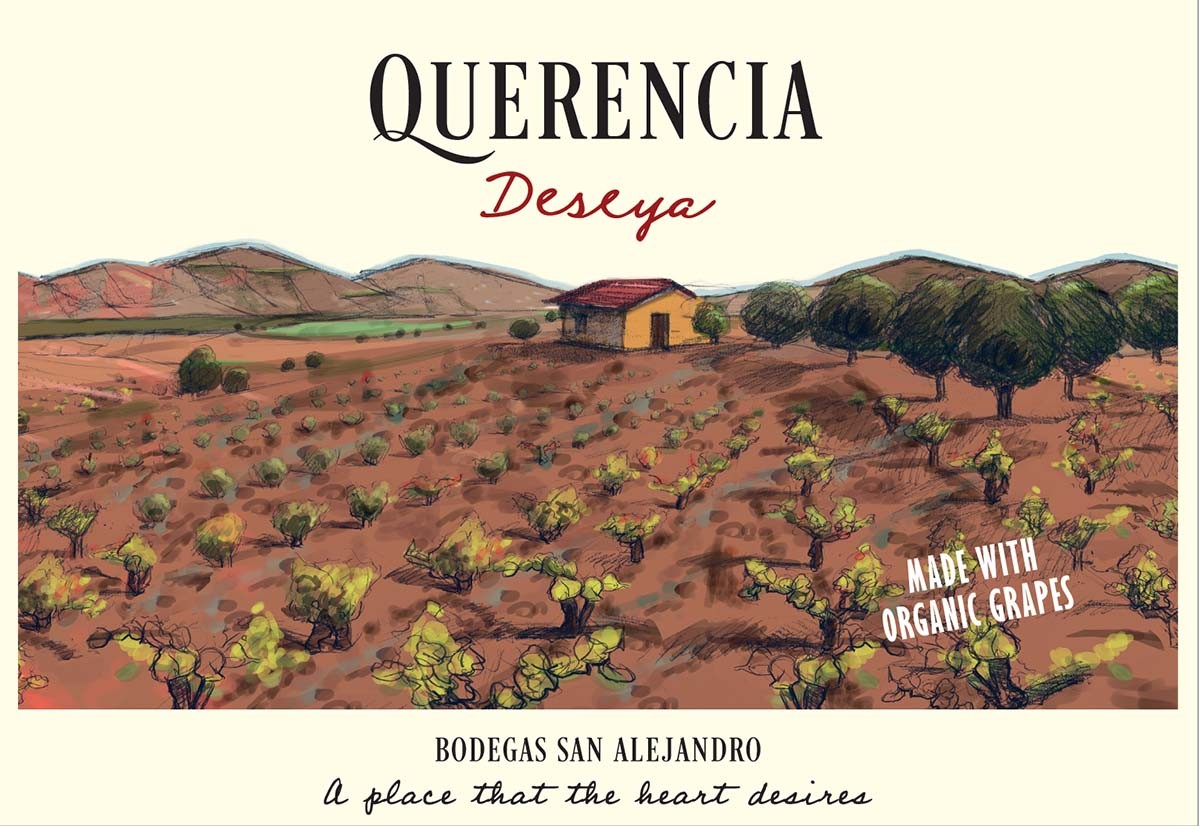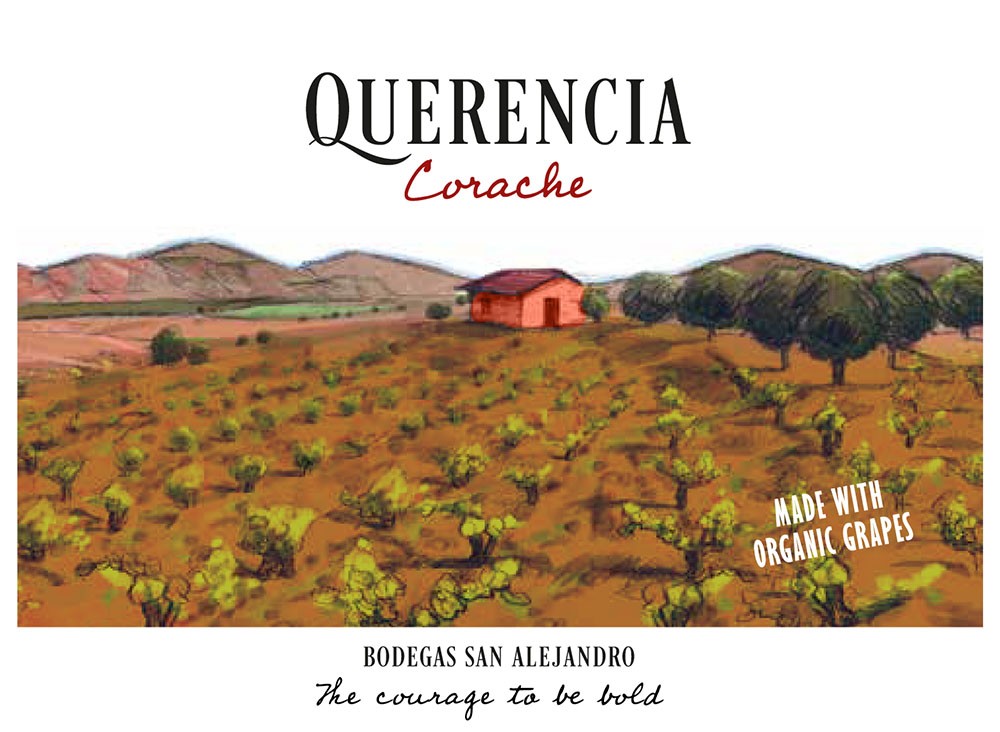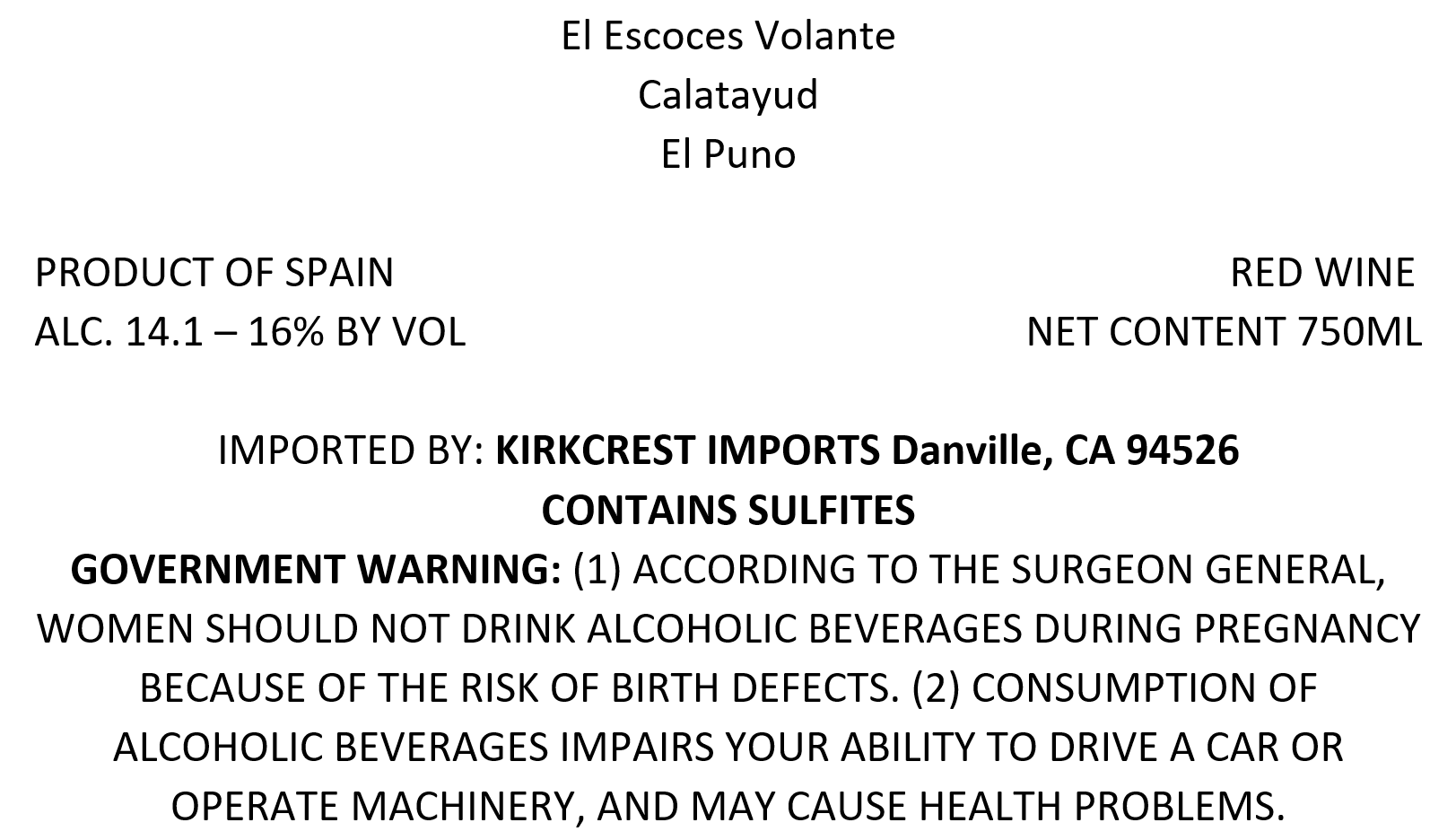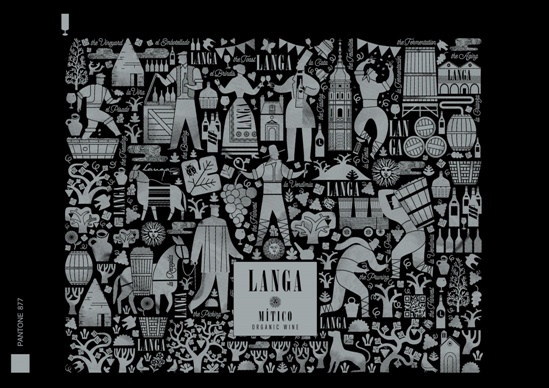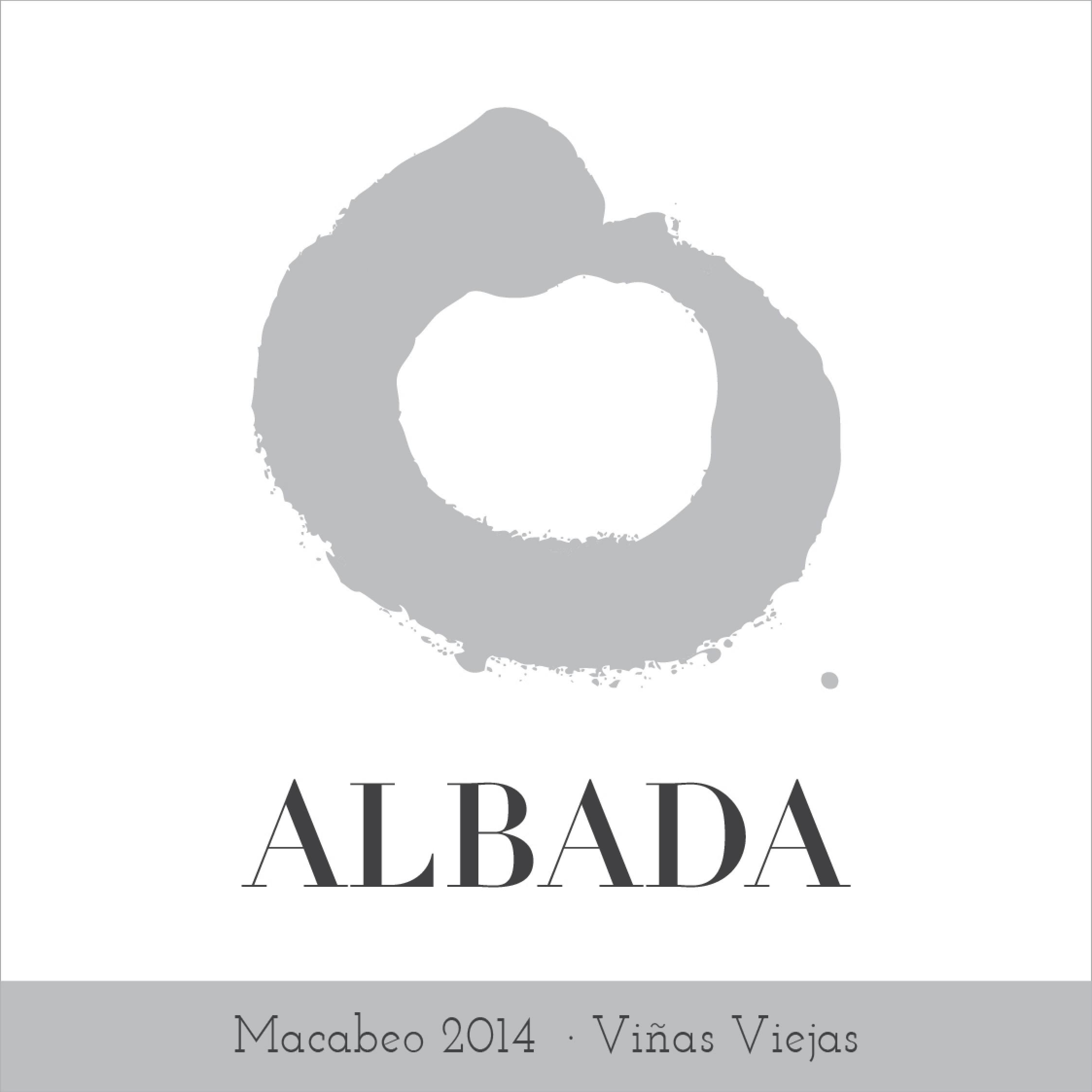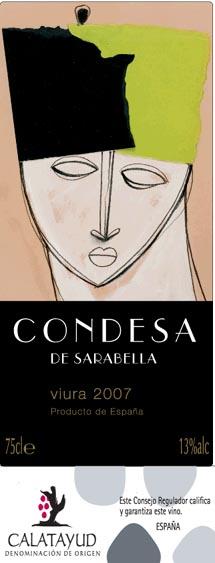Terroir of Calatayud
Calatayud's terroir is defined by its rugged, mineral-rich soils such as slate, limestone, and loam. These rocky, porous layers offer excellent drainage, compelling vines to dig deep for nutrients, which enhances flavor intensity in the grapes. The region's steep, terraced vineyards are strategically positioned, often facing south to maximize sunlight exposure, crucial for grape ripening.
The climate is continental with extreme temperature variations. Summers are hot and dry, while cool nights, especially at elevations of 700–900 meters, preserve grape acidity and balance. Winters are cold with frequent frost, and annual rainfall is limited to around 300–350 mm, necessitating dry farming or controlled irrigation.
With approximately 2,700 hours of sunshine each year, Calatayud's microclimates foster diverse grape characteristics, from ripe, full-bodied Garnacha to aromatic, high-acid varieties, shaping the region's distinctive wines.
Notable Wineries in Calatayud
Calatayud, with its dramatic landscapes and high-altitude vineyards, is home to several notable wineries known for their exceptional Garnacha wines. These producers highlight the unique terroir and climate of the region:
-
Bodegas Ateca: A modern winery blending tradition with innovation, renowned for its old-vine, high-altitude Garnacha.
-
Bodegas Breca: Specializes in Garnacha grown on rocky soils, offering wines with intense fruit and spice.
-
Vinos Altovinum: A boutique winery focused on high-altitude Garnacha, celebrated for its purity and minerality.
-
El Escocés Volante: Known as "The Flying Scotsman," this producer emphasizes minimal-intervention methods to showcase site-specific freshness.
-
Bodega San Gregorio: A family-run estate crafting complex Garnacha with thoughtful oak aging.
-
Bodegas Langa: A historic family estate committed to organic practices, producing balanced Garnacha wines.
Sustainable Winemaking in Calatayud
Calatayud, with its rugged terrain and extreme altitude, champions sustainable wine practices. The region's dry climate necessitates mindful farming, often relying on dry farming or precisely controlled drip irrigation to conserve water. Growers combat erosion with cover crops and enrich the soil using natural composts and legumes, avoiding synthetic fertilizers. The high elevation and low humidity naturally reduce disease pressure, allowing for minimal pesticide use.
Many vineyards embrace organic and biodynamic principles, supported by the regional consejo regulador, which encourages sustainable pest management. Energy efficiency is also key, with newer wineries adopting gravity flow systems and renewable energy sources to lower carbon emissions. In winemaking, gentle techniques are favored, including the use of native yeasts and minimal oak, to highlight the purity of the grapes and the unique terroir of Calatayud.
Wine Tourism in Calatayud
Calatayud, a picturesque wine region in northern Spain, offers a unique wine tourism experience. Known for its high-altitude vineyards, the region showcases the distinctive "Viñedo Extremo" identity, producing rich, terroir-focused wines.
Visitors can explore the area's diverse wine styles, from bold Garnacha reds to crisp Macabeo whites, through guided tastings at renowned wineries like Bodegas Ateca and Bodegas Breca.
The region's historical and cultural richness is evident in attractions such as the Calatayud Wine Museum and the Monasterio de Piedra.
Beyond wine, the area offers outdoor activities, including hiking and cycling through vineyard trails. Spa towns like Jaraba provide relaxation with thermal baths.
Sustainable practices are a hallmark here, with many vineyards adopting organic and biodynamic methods, enhancing the region's appeal as a responsible wine tourism destination.
